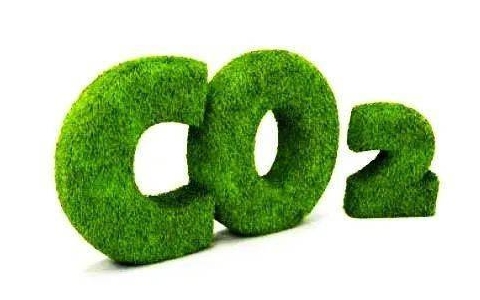They are part of the carbon capture, utilization, and storage (CCUS) demonstration project by Shaanxi Yanchang Petroleum (Group) Co., Ltd. (YCPC), one of China's largest oil and natural gas producers, in Ansai District in the city of Yan'an in northwest China's Shaanxi Province.
CCUS technology involves capturing carbon dioxide from industrial emissions, energy use, or the atmosphere, and either utilizing it or injecting it into geological formations for permanent storage, thereby reducing emissions, said Wang Xiangzeng, the chief geologist and lead scientist of YCPC.
China has nearly 100 CCUS projects in operation or under construction, with over half already operational, according to incomplete statistics. These projects have a combined CO2 capture capacity of 4 million tonnes and an injection capacity of 2 million tonnes per year.
The ongoing CCUS project in Ansai District, capable of processing 260,000 tonnes of CO2 annually, is set to commence operations by the end of this year. Its CO2 injection capacity is expected to reach 410,000 tonnes per year.
Wang notes that this marks a significant phase in the scale-up and accelerated application of YCPC's CCUS project, integrating multiple technological innovations.
The International Energy Agency predicts that CCUS technologies will contribute over 15 percent to global carbon dioxide emission reductions.
Since China announced its carbon peaking and carbon neutrality goals over three years ago, energy companies have actively committed to reshaping their industry structures through technological innovation, accelerating the deployment of carbon reduction technologies.
In the Yulin Coal Chemical Company affiliated to YCPC, captured and liquefied CO2 is transported 150 km to the Xingzichuan oilfield for injection into oil layers approximately 1,300 meters underground. This process not only facilitates efficient oil extraction but also results in the permanent underground storage of CO2.
In the oilfield, carbon dioxide from the coal chemical processes is now injected underground in place of water, combining oil recovery with carbon sequestration, achieving both water conservation and carbon reduction.
This technique can increase oil recovery rates by about 8 percent, said Mei Yan, a technician with the Xingzichuan oilfield.
"Addressing climate change is a common endeavor for all humanity," said Wang. "Our company will continue to leverage our advantages and resources to advance our CCUS projects and provide low-carbon energy for people."
